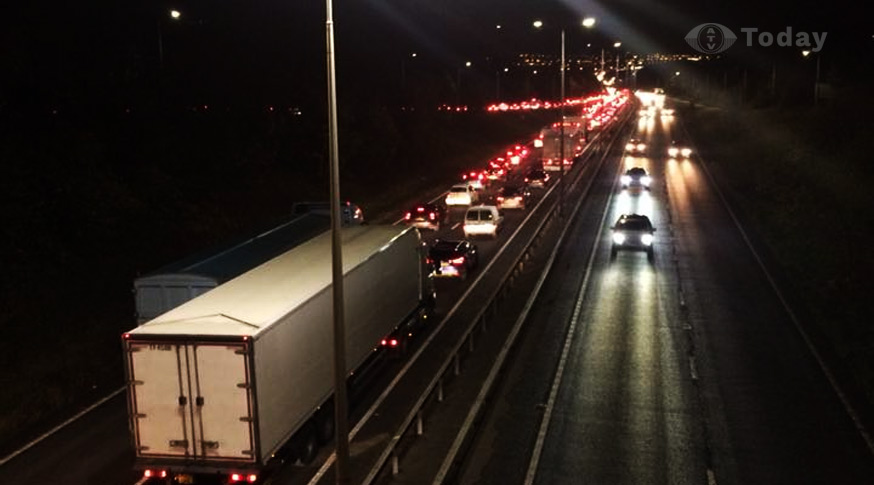Motorists are being urged to take note of these five key winter driving rules…
Parts of Britain is braced for snow and wintry showers this week as the cold weather spell continues. Icy mornings and treacherous dark nights pose a major threat to UK motorists, and the Highway Code has a series of instructions intended to guide drivers through the coldest months of the year.
Graham Conway, Managing Director at Select Car Leasing, reveals to ATV Today five of the most important winter driving rules, as stipulated by the Highway Code and backed up by law, and outlines how motorists can abide by them to avoid fines of up to £2,500.
Ensure your windows are properly cleaned
According to Rule 229 of the Highway Code, ‘you must be able to see, so clear all snow and ice from all your windows’. Disregarding this rule could result in a £2,500 fine and three points on your licence, as you will be considered to have been driving a vehicle in ‘dangerous condition’ should you be unfortunate to be involved in a serious accident.
While it’s tempting to set off with just some of your windows clear, the Highway Code maintains that you need full visibility all round through all of your windows.
Ensure visibility for your lights and number plates
When it comes to the other features of your car that ensure visibility, Rule 229 states, ‘you must ensure that lights are clean and number plates are clearly visible and legible’.
This means that drivers operating with dirty number plates and snow-covered lights are likely to be slapped with a fine of £1,000 for these issues.
Remember that roads in winter are often caked in dirt and road salt, which then ends up clinging to your car, obscuring lights and number plates. Try to maintain a regular cleaning regime throughout winter so you don’t run the risk.

Drive with the utmost care on ice
When driving in icy or snowy conditions, Rule 230 of the Highway Code states that drivers must ‘drive with care, even if the roads have been treated’ with grit and to ‘keep well back from the road user in front, as stopping distances can be ten times greater than on dry roads’.
Similarly, when operating in extremely icy conditions, drivers must ‘drive at a slow speed in as high a gear as possible, and accelerate and brake very gently’.
With these laws in mind, it is imperative for drivers to plan and check their route well before setting off, and prepare for the conditions of the roads ahead. In the case of serious snow and ice conditions, you may want to consider whether your journey is really necessary at all.
Wear footwear and clothing that doesn’t impact your ability to drive
Under Rule 97 of the Highway Code, drivers must have ‘footwear and clothing which does not prevent you using the controls in the correct manner’. Drivers must, therefore, avoid wearing items like large woolly gloves, as these could lead to a nightmarish loss of grip on the steering wheel itself, or gear stick.
Similarly, large clothing items, such as long coats and scarves, may prevent drivers from using the vehicle’s controls correctly, or from checking their blind spots. In terms of footwear, chunky winter boots could hamper a driver’s ability to brake properly, however toasty they keep someone’s feet.
Failure to maintain proper control of your car could lead to points on your licence, as well as a £100 fine on the spot.
Do not leave your car running to warm up
Rule 123 of the Highway Code states, ‘you must not leave a parked vehicle unattended with the engine running or leave a vehicle engine running unnecessarily while that vehicle is stationary on a public road’. That rule is in place to cut down on unnecessary emissions from your car’s exhaust in a bid to improve public health.
So, while you might think it’s a good idea to leave your vehicle running to warm itself up before driving, doing this could land you a £20 fine. You can, however, leave your car’s engine running if the vehicle is stationary in traffic, or if you’re in the process of trying to diagnose a fault.












